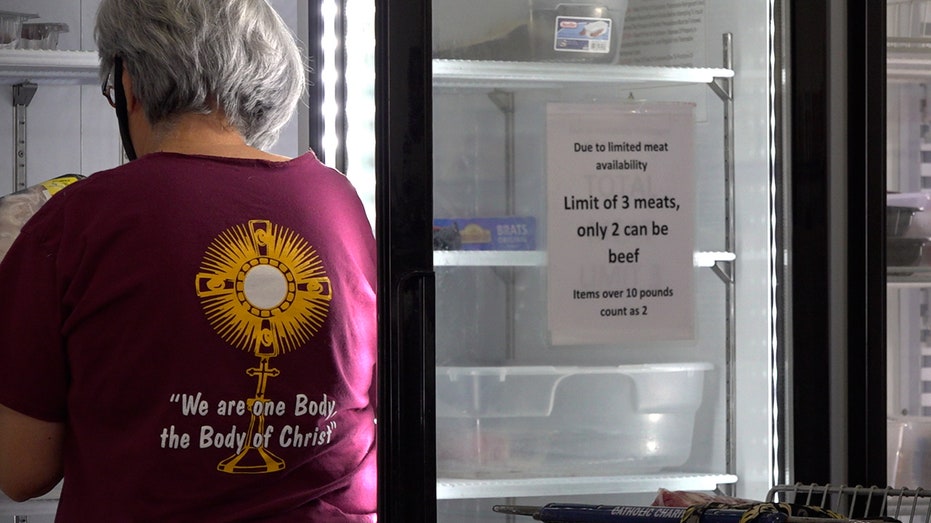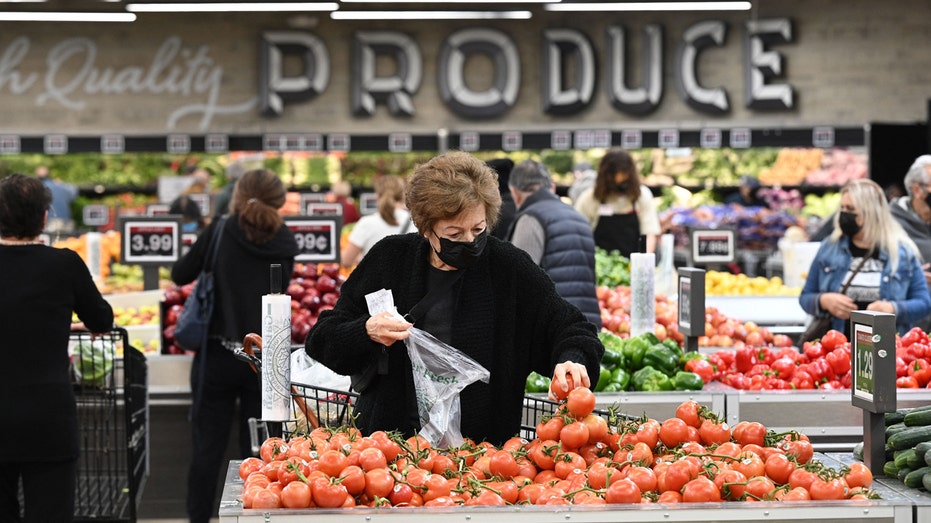'Free' money can't fix inflation—the American producer can
Rural America is hurting, but we are here to help if given the chance
Sen. Kevin Cramer: This makes zero sense
North Dakota Republican provides insight on U.S. energy production on 'Kudlow.'
For the past 15 months of Joe Biden’s tenure as president of the United States, we’ve seen an increase in inflation every month. The rise began before Putin invaded Ukraine and before every other excuse the president has posited. When Biden took office in January 2021, inflation was 1.4 percent. Liberal economists and Obama administration officials including Larry Summers and Jason Furman rang alarm bells over a year ago when the inflation rate was 1.7 percent. Fast-forward to today, the inflation rate has surged to 8.5 percent – the highest level since 1981.
In the latest Consumer Prices Index (CPI) data, over the past year used cars increased 35 percent, utility gas increased 22 percent, bacon increased 18 percent, beef increased 16 percent, milk increased 13 percent, eggs increased 11 percent, and coffee increased 11 percent. Across the board, day-to-day goods were up 14.2 percent, which is the biggest annual increase since 1947.
ONE OF BIDEN'S FAVORITE ECONOMISTS SEES A HIGH CHANCE OF RECESSION IN NEXT 2 YEARS

Two years ago, at the beginning of the pandemic, we saw empty shelves in grocery stores. Now, shelves are full, but prices are higher, and some people say if this is the "new normal" for food costs, they can't keep up. (FNC / Fox News)
The 10 percent spike in grocery prices represents the biggest increase since 1981 and the 13.8 percent spike in meat, poultry, and fish represents the biggest increase since 1979. There’s no question this inflation hurts Americans across the country.
Rural America is feeling the pain worse than anyone. Inflation is rising at the fastest pace in four decades in America’s heartland. According to the Bureau of Labor Statistics (BLS), in the West North Central division, which includes my home state of North Dakota in addition to Iowa, Kansas, Minnesota, Missouri, Nebraska, and South Dakota, the inflation rate regularly exceeds the country’s average. It clocked in at 8.6 percent last month. In Arizona, Colorado, Idaho, Montana, Nevada, New Mexico, Utah, and Wyoming, inflation clocks in at 10.4 percent.

People shop for groceries at a supermarket in Glendale, California January 12, 2022. - The seven percent increase in the Labor Department's consumer price index (CPI) over the 12 months to December was the highest since June 1982, as prices rose for ((Photo by ROBYN BECK/AFP via Getty Images) / Getty Images)
In expansive, rural states, we drive the furthest to get places. Grocery and convenient stores aren’t around the corner. We drive greater distances to stock up on everyday goods. We drive greater distances to get to and from work. And we drive greater distances to drop off our children at school. Looking at the agriculture and business side of things, the food we produce and the products we create have longer distances to travel – from the center of the North American continent to the ports and hubs used to distribute it to the rest of the country and the world. As the number one producer of dry edible beans, canola, flaxseed, honey, rye, sunflower, wheat, including durum and spring, in the U.S., North Dakota’s production and shipping costs are exponentially higher. Similarly, these input costs have been baked into the products rural America buys at the grocery store. Every product on the shelf dons a price tag reflecting the long distance it had to travel and every facet of the supply chain along the way.
North Dakota and much of rural America, however, are commodity-based economies. Farmers and ranchers may be making more on their crops and cattle, but the dollar won’t stretch as far and the input prices for things like fertilizer (which is up 300 percent), diesel, and feed are all more expensive. President Biden is wrong when he accuses producers of price gauging. Whether it’s the oil driller in Western North Dakota or the farmer in the east, I have never met a producer who wasn’t actively looking to produce more for a buying market. It is short-sighted and cynical to accuse producers of "corporate greed" without acknowledging the increase in labor, material, and transportation costs they have to absorb. At the end of the day, we feel it in North Dakota, we feel it in rural America, as does the rest of the U.S.

Customers wait in line to checkout during a Black Friday sale at Macy's, Nov. 26, 2021, in Indianapolis. Retailers overall are expecting record-breaking sales for the holiday shopping season, but low-income customers are struggling as they bear the b (AP Photo/Darron Cummings, File / AP Newsroom)
Even with this background of skyrocketing inflation, there are reports the Biden Administration and Democrats want to revive their reckless tax and spending spree, otherwise known as Build Back Broke.
GET FOX BUSINESS ON THE GO BY CLICKING HERE
We need to be serious about taking actions that will not add more fuel to the fire of inflation. Under no circumstances can we flood the market with more "free" money. The answer to increased costs is not to subsidize the purchase, which will only increase inflationary triggers. The focus needs to flip to the supply-side of the economy. North Dakota and middle America are paying the highest prices, all while the world expects us to fuel and feed the world. We want to help relieve the pain, but the Biden administration has taken a punitive bent toward producers, demonizing them in the hopes of shifting blame.
CLICK HERE TO READ MORE ON FOX BUSINESS
It’s time for a shift. Stop the subsidies, embrace regulatory restraint, and unleash the power of the American producer. End result: we’ll pay less while growing our economy. Rural America is hurting, but we are here to help if given the chance.
Republican Kevin Cramer represents North Dakota in the United States Senate.





















